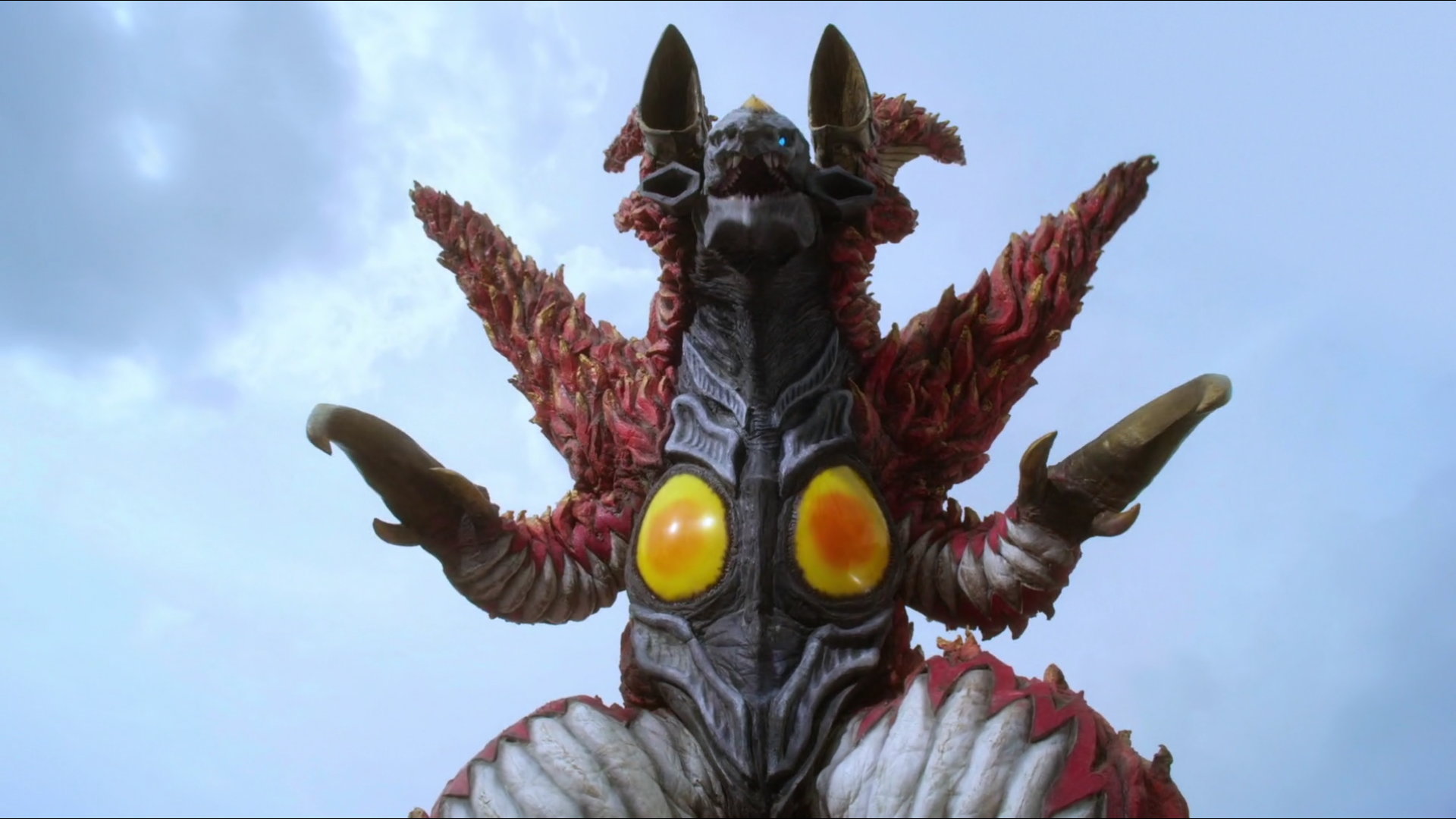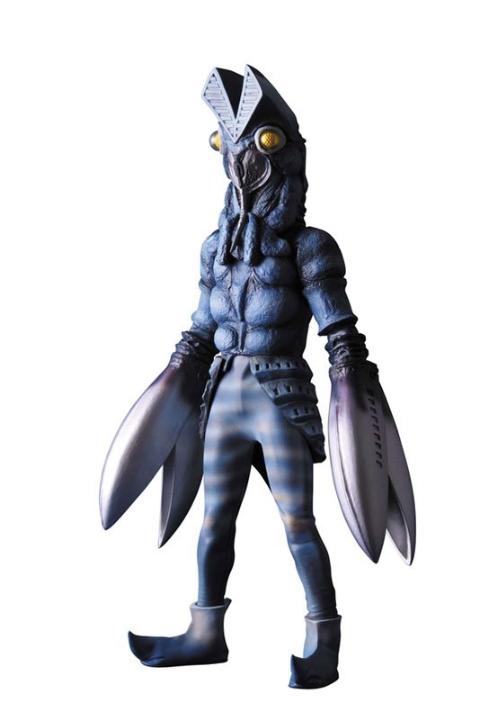
The principals were played by famous monster suit actor Haruo Nakajima, who performed as the original Godzilla.

HOW TO DEFEAT ALIEN BALTAN 2 IN ULTRAMAN PS2 SERIES
The Ultraman series used various monster costumes, known as kaiju in Japan, prior to other series such as Kamen Rider and Himitsu Sentai Gorenger. The characters translate as "Ultraman: A Special-Effects Fantasy Series." In return, Hayata serves as the human form for this being, and whenever danger threatens, and the resources of the Science Patrol are not enough to counter it, he raises and activates a power-object and artifact called a "beta capsule" and transforms to Ultraman to save the day. Feeling remorse for having killed the human, he merges his essence with Hayata to revive him. The sphere turns out to be the transport (Travel Sphere) for a red-and-silver giant being who calls himself Ultraman. The first series begins when Science Patrol (Kagaku Tokusou Tai) member Shin Hayata is flying his plane and a red sphere of light crashes into his Mini-VTOL. (Ultra Seven also shared this working title.)īoth Bemular and Redman were designed by Toru Narita, who also came up with the final design for Ultraman based on his Redman design, now resembling a less-scary Buck Rogers-style alien being, mixed with a bit of the iconic "Roswell Alien." The characteristic "Color Timer," more familiar to American audiences as the "warning light" on Ultraman's chest, was added at the eleventh hour.

He came to Earth after his planet was destroyed by aliens from Planet X. Redman (レッドマン Reddoman?): The title hero of this project slightly resembled Ultraman as he came to be known, but he looked more demonic and had horns. Allegedly, the plot was scrapped when it was worried audiences might have trouble telling that one monster was good and the other evil. Unlike Woo, Bemular was a tough and righteous fighter, and he looked very similar in design to the title monster of the 1967 kaiju film Gappa, the Triphibian Monster. One of the members, little did anyone (even his teammates) know, gained the ability to transform into a giant birdlike humanoid monster called Bemular(not the same Bemular that Ultraman would fight in Episode # 1 of the actual series), who defends Earth from monsters, aliens and other threats. Later, Tsuburaya Productions would ultimately produce a series dubbed Bio Planet WoO, in January 2006, but this series is very loosely based on the original concept.īemular (ベムラー Bemurā?), then retitled Scientific Special Search Party: Bemular (科学特捜隊ベムラー Kagaku Tokusō Tai - Bemurā?): The main characters are a defense force, with the same Japanese name as the Science Patrol, but disguised as an art/photography team. The name "Woo" ended up being used for an otherwise unrelated, yeti-like monster, in episode 30 of Ultraman. This was basically the monster version of the British science fiction series Doctor Who (1963), and Woo's personality was also to be comical. WoO (WoO Wū?): This story featured a corporeal space creature with two large eyes, who befriended a reporter named Jôji Akita, but the Self Defense Forces, who perceived the alien as a threat, went after them. The Ultraman project had the following working titles/plots: The show's predecessor was a series called Ultra Q, a black-and-white 28-episode series very much like the original Outer Limits. Ultraman's central characters were created by Eiji Tsuburaya from Tsuburaya Productions, a pioneer in special effects who was responsible for bringing Gojira/Godzilla to life in 1954. To distinguish him from subsequent Ultra-Crusaders, Ultraman is referred to as the Original Ultraman (初代ウルトラマン Shodai Urutoraman?), The First Ultraman, or Ultraman Hayata this last is a reference to his host's surname. The show's success spawned dozens of sequels, spin-offs, imitators, parodies and remakes. Ultraman ultimately became a major pop culture phenomenon in Japan. In fact, Ultraman opens with the Ultra Q logo exploding into the Ultraman logo. The show was produced by the Tokyo Broadcasting System and Tsuburaya Productions, and was broadcast on Tokyo Broadcasting System (TBS) from Jto April 9, 1967, with a total of 39 episodes (40, counting the pre-premiere special that aired on July 10, 1966).Īlthough Ultraman is the first series to feature an Ultra-Crusader, it is actually the second show in the Ultra Series. Ultraman is a follow-up to the television series Ultra Q, though not technically a sequel or spin-off. Ultraman (ウルトラマン Urutoraman?) is a Japanese Tokusatsu television series that first aired in 1966.


 0 kommentar(er)
0 kommentar(er)
